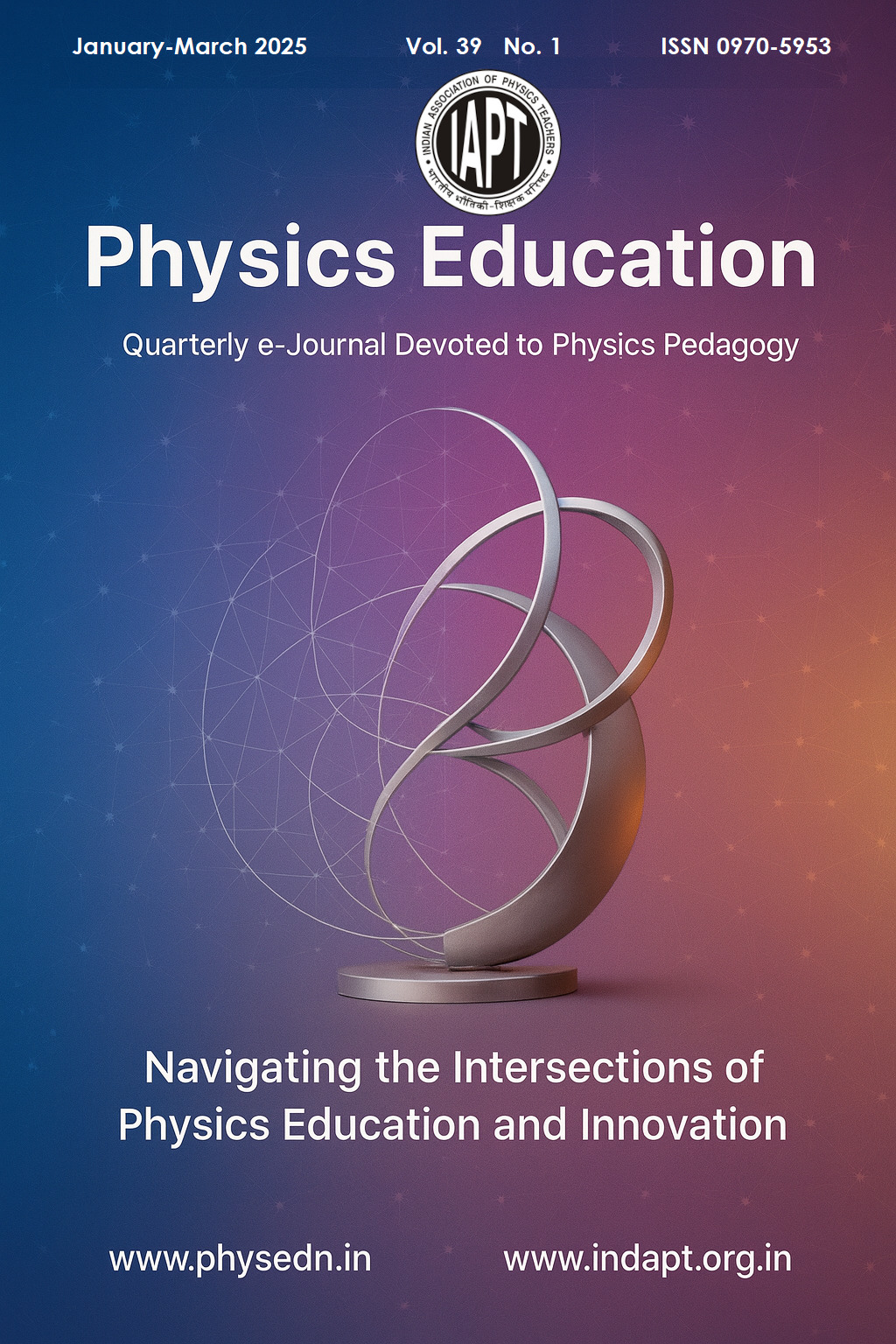Abstract
The magic numbers associated with shell closures at the β-stability line are a wellestablished concept. The experimental observation of highly neutron-rich nuclei, such as 24O, 42Si, and 54Ca, exhibiting remarkable stability has inspired a search for new magic and semi-magic numbers based on sub-shell closures. The purpose of this work is to guide graduate-level students in analyzing possible sub-shell closures that could result in magic and semi-magic numbers [1], based on the single-particle energy states of the nuclear shell model. The analysis focuses on doubly magic nuclei near the β-stability line, ranging from 16 8 O to 310 126X, by classifying them into various categories-light, medium, heavy, and super-heavy nuclei; to deduce potential magic and semi-magic numbers for neutron number (N) and proton number (Z) [2]. The stability of nuclei with N = 14, 34, 40 and Z = 14, 34 has been confirmed, while nuclei with N = 6, 16, 18, 32, 58, 64, 92, 100, 136, 164, and 172, as well as Z = 18, 58, and 76, are predicted to exhibit stability. This analysis is particularly helpful for undergraduate (UG) students to understand why gaps exist between energy levels according to the single-particle shell model scheme.

